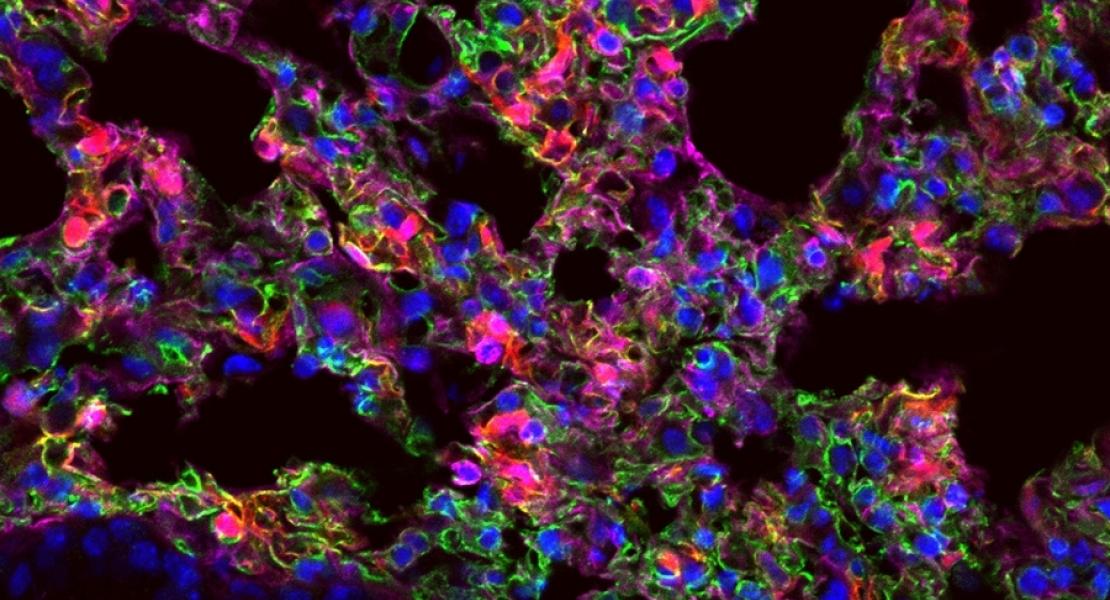Translating dosage compensation to trisomy 21

Abstract
Down syndrome (DS) is a common disorder with enormous medical and social costs, caused by trisomy for chromosome 21 (Chr21). We tested the concept that gene imbalance across an extra chromosome can be de facto corrected by manipulating a single gene, XIST. Using genome editing with zinc finger nucleases, we targeted a large, inducible XIST transgene into the Chr21 DYRK1A locus, in DS pluripotent stem cells. XIST RNA coats Chr21 and triggers stable heterochromatin modifications, chromosome-wide transcriptional silencing and DNA methylation to form a “Chr21 Barr Body.” This provides a model to study human chromosome inactivation and creates a system to investigate genomic expression changes and cellular pathologies of trisomy 21, free from genetic and epigenetic noise. Remarkably, deficits in proliferation and neural rosette formation are rapidly reversed upon silencing one Chr21. Successful trisomy silencing in vitro also surmounts the major first step towards potential development of “chromosome therapy”.
